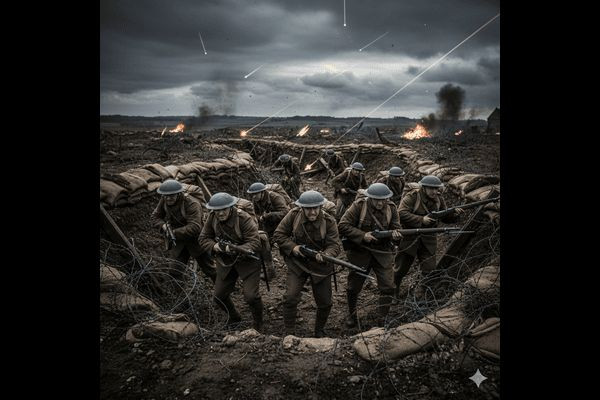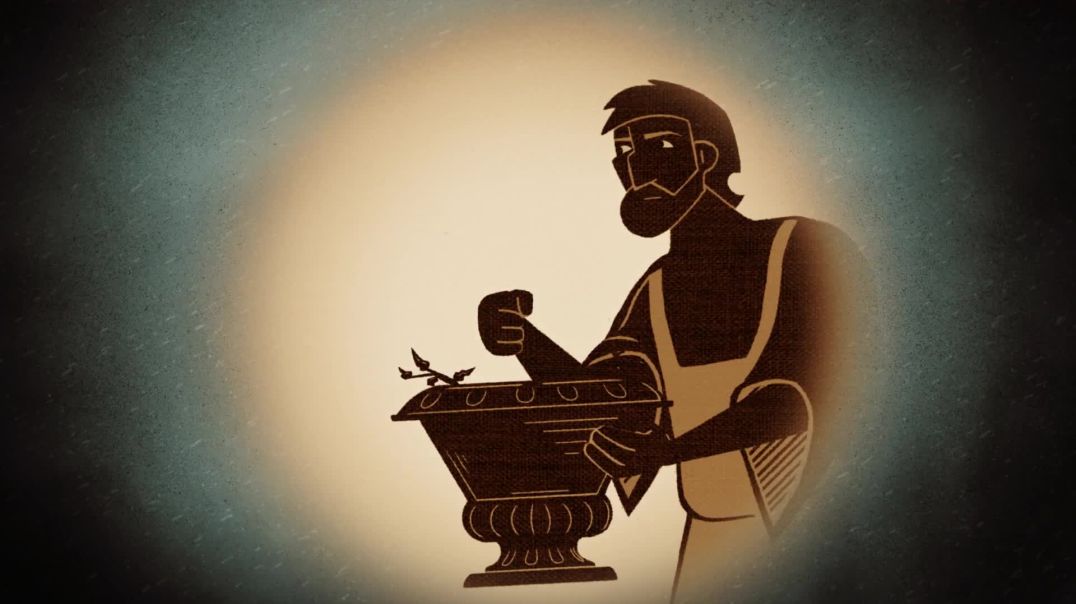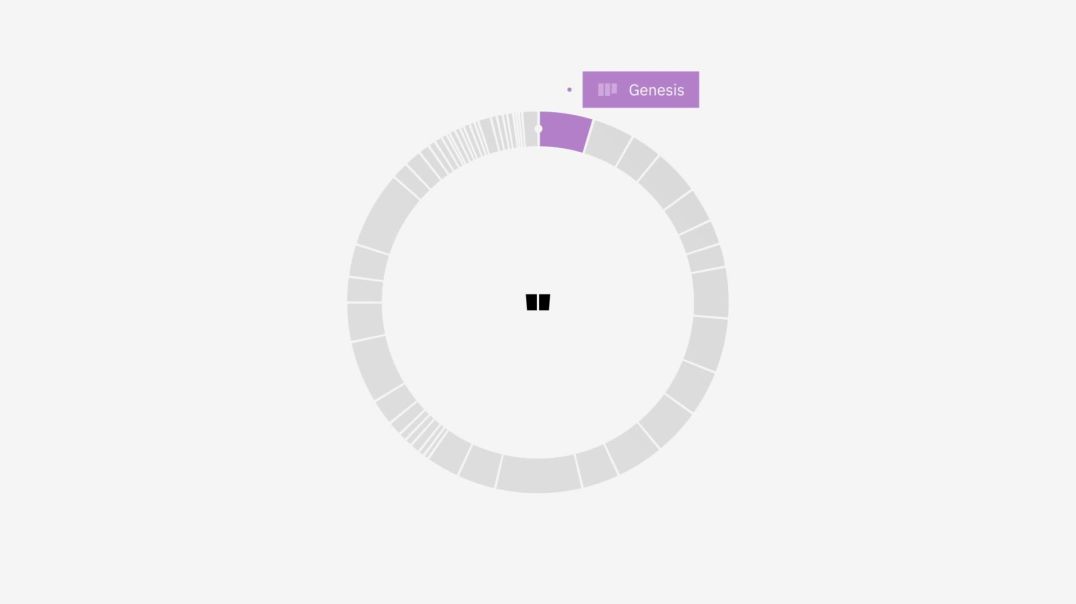The Great War: Crisis, Cataclysm, and the New World Order
Dubbed "The War to End All Wars," World War I (1914–1918) was a conflict of unprecedented scale and brutality that shattered the political and social order of the 19th century. It involved all the world's great powers, mobilized over 70 million military personnel, and resulted in an estimated 20 million deaths, forever altering the geopolitical landscape. The war brought down empires, spurred technological change, and introduced the concept of "total war," where the entire resources of a nation were dedicated to the war effort. More than just a military contest, it was a turning point that birthed the anxieties and conflicts that would define the rest of the 20th century.
I. The Deep Roots of Conflict: A Powder Keg in Europe
The outbreak of war in August 1914 was not simply the result of one assassination but the culmination of decades of rising tensions fueled by four major, interconnected forces: Militarism, Alliances, Imperialism, and Nationalism (often summarized as the MAIN causes).
Militarism and the Arms Race
By the turn of the century, the major European powers were engaged in an intense arms race. Germany, feeling encircled by France and Russia, dramatically expanded its navy and army, challenging Britain's long-held naval supremacy. This commitment to military growth, or Militarism, meant that military leaders held immense political sway, and national policy was constantly framed in terms of military strength. The rapid mobilization plans of European armies were so complex and rigid that once set in motion, they became nearly impossible to stop, acting as a crucial accelerator when the crisis finally struck.
The Alliance System
Europe was divided into two rigid and often secret alliance blocs, ensuring that a conflict between any two nations would automatically draw in the others:
-
The Triple Entente (Allies): Primarily France, Britain, and Russia. This defensive agreement was intended to counter German power.
-
The Triple Alliance (Central Powers): Primarily Germany, Austria-Hungary, and Italy (though Italy remained neutral in 1914, later joining the Allies). This intricate web of commitments meant that when the Archduke was killed, the issue of regional power in the Balkans quickly escalated into a global crisis.
Imperialism and Economic Rivalry
The late 19th century was characterized by Imperialism, where great powers competed fiercely for colonies, resources, and markets across Africa and Asia. Economic rivalry, especially between Britain (the established power) and Germany (the rapidly ascending industrial power), heightened friction. Disputes over colonial territories, such as those in Morocco, added layers of mistrust and resentment to the international diplomatic environment.
Nationalism and Ethnic Tension
Nationalism—the intense belief in the superiority and unique cultural identity of one's own nation—was rampant. This took two forms:
-
Great Power Ambition: In Germany and Britain, it fueled aggressive foreign policy and military expansion.
-
Ethnic Separatism: In the Balkans, it shattered the existing multinational empires. Groups like the Serbs, Croats, and Bosnians demanded independence, viewing Austria-Hungary as an oppressive foreign occupier. The desire of Serbia to create a large, unified Slavic state posed a direct threat to the stability of the Austro-Hungarian Empire.
II. The Spark and the Mobilization (The July Crisis, 1914)
The tinderbox of European politics finally ignited on June 28, 1914, when Archduke Franz Ferdinand, heir to the Austro-Hungarian throne, and his wife, Sophie, were assassinated by a Serbian nationalist named Gavrilo Princip in Sarajevo, Bosnia.
Escalation and the "Blank Cheque"
Austria-Hungary, seeing this as an opportunity to crush Serbian nationalism permanently, sought support from its powerful ally, Germany. Kaiser Wilhelm II offered Austria-Hungary a "blank cheque"—unconditional support for whatever punitive action they chose to take against Serbia. Feeling confident, Austria-Hungary issued an ultimatum to Serbia that was so extreme, it was designed to be rejected. When Serbia failed to meet all the demands, Austria-Hungary declared war on July 28, 1914.
The interlocking alliances immediately took over:
-
Russia mobilized to defend its Slavic ally, Serbia.
-
Germany declared war on Russia (August 1) in support of Austria-Hungary.
-
France mobilized in support of its ally, Russia.
-
Germany declared war on France (August 3).
The Schlieffen Plan
Germany’s military strategy was based on the Schlieffen Plan, a decades-old blueprint designed to avoid a long, two-front war against Russia and France. The plan called for a lightning-fast knockout blow against France, achieved by invading through neutral Belgium, bypassing heavily fortified French border defenses. The moment German troops crossed into Belgium, Britain, obligated by an old treaty guaranteeing Belgian neutrality, declared war on Germany (August 4). The war had begun.
III. The Descent into Trench Warfare (1914-1917)
The Schlieffen Plan failed. Belgian resistance was fierce, and the British Expeditionary Force (BEF) arrived sooner than expected. The German advance stalled outside Paris at the First Battle of the Marne in September 1914. Both sides then attempted to outflank each other in what became known as the "Race to the Sea." By late 1914, they had dug in, establishing a continuous line of trenches stretching over 400 miles from the English Channel to the Swiss border.
The Stalemate of the Western Front
This was the birth of Trench Warfare . The defensive firepower of modern weaponry—the machine gun, rapid-firing artillery, and barbed wire—overwhelmed the offensive tactics of infantry assault. Any attack across the barren, shell-pocked wasteland known as "No Man's Land" resulted in catastrophic losses for minimal gain.
Life in the trenches was a purgatory of mud, disease, constant shelling, and rats. The major battles of this era became symbols of futility:
-
Battle of Verdun (1916): A German offensive intended to "bleed the French white." It lasted nearly ten months and cost over 700,000 casualties with no strategic change.
-
Battle of the Somme (1916): A massive Anglo-French offensive that saw the British Army suffer nearly 60,000 casualties on the very first day. The battle ultimately achieved only a few miles of ground gain at the cost of over one million casualties for all sides.
New and Deadly Technologies
The grinding stalemate necessitated the development of new military technologies, designed to break the deadlock:
-
Poison Gas: First used effectively by the Germans at Ypres in 1915, chemical weapons caused agonizing deaths and instilled widespread terror, though their tactical effectiveness was limited by shifting wind.
-
Tanks: Introduced by the British at the Somme, these armored vehicles were initially slow and unreliable but pointed the way toward future mobile warfare.
-
Aircraft: Airplanes evolved from reconnaissance tools to fighters (dogfights) and bombers, adding a terrifying new dimension to the conflict.
The Eastern Front and Global War
In contrast to the static Western Front, the Eastern Front was a war of movement, stretching across massive distances. Though Russia mobilized quickly, German counterattacks inflicted devastating losses, most notably at the Battle of Tannenberg (1914). Russia’s immense manpower advantage was offset by poor leadership, inadequate infrastructure, and chronic supply shortages.
Simultaneously, the war expanded globally:
-
The War at Sea: Britain’s naval blockade starved Germany of essential supplies. Germany retaliated with unrestricted U-boat (submarine) warfare, sinking merchant and passenger ships indiscriminately.
-
The Ottoman Empire: The Ottomans joined the Central Powers, opening fronts in the Middle East, including the disastrous Gallipoli Campaign for the Allies, and spurring the Arab Revolt led by T.E. Lawrence.
IV. The Home Front and Total War
World War I was a "Total War," meaning the entire national economy and civilian population were mobilized. Distinctions between soldiers and civilians blurred as factories became targets and scarcity became a way of life.
Economic Mobilization
Governments exerted unprecedented control over their economies, directing industry, setting prices, and instituting rationing of food, fuel, and materials. War bonds were sold to finance the immense cost of the conflict, and propaganda campaigns became relentless, portraying the enemy as monstrous and national victory as a sacred duty.
Women and Labor
The war fundamentally changed the role of women in society. With millions of men away fighting, women stepped into traditionally male jobs in factories (munitions were particularly dangerous), agriculture, and transport. This visible contribution to the war effort was a crucial factor in securing the vote for women in many nations after the war.
Suppression of Dissent
On all sides, civil liberties were curtailed. Governments used censorship and emergency laws to suppress anti-war sentiment, labor strikes, and political dissent, enforcing a climate of intense, unquestioning patriotism.
V. The Turning Point (1917–1918)
By 1917, the war was a global stalemate, but two crucial events broke the deadlock.
The Russian Revolution and Exit
In March 1917 (February in the Russian calendar), massive war weariness, economic collapse, and political incompetence led to the February Revolution, overthrowing Tsar Nicholas II. Later that year, the Bolshevik Revolution brought Vladimir Lenin and the Communists to power. Lenin immediately sought peace, signing the humiliating Treaty of Brest-Litovsk with Germany in March 1918. Russia's exit freed up nearly a million German troops to move to the Western Front.
American Intervention
Simultaneously, the United States was pulled into the conflict. Germany’s campaign of unrestricted U-boat warfare—culminating in the sinking of American merchant ships and the death of US citizens—outraged public opinion. The discovery of the Zimmerman Telegram, in which Germany offered Mexico U.S. territory if it joined the Central Powers, sealed the decision. In April 1917, the U.S. declared war on Germany.
America's contribution—fresh troops, vast industrial capacity, and massive financial credit—proved decisive. Though American forces (the AEF) did not arrive in large numbers until 1918, their potential presence convinced the German high command that time was running out.
The Final German Gambit
With Russia defeated, German General Erich Ludendorff launched the massive Spring Offensive (or Ludendorff Offensive) in March 1918. Using new infiltration tactics, the Germans achieved stunning initial breakthroughs, driving the Allies back toward Paris. However, the German army was exhausted and poorly supplied, while the Allies, reinforced by rapidly arriving American troops, held the line.
Allied Victory
The German offensive stalled by July 1918. The Allies immediately launched a massive coordinated counterattack, the Hundred Days Offensive. Led by Allied Commander Ferdinand Foch, this offensive saw the successful application of combined arms tactics (tanks, infantry, and air support). Germany’s position rapidly collapsed as its armies retreated, its home front buckled under starvation and political unrest, and its allies (Bulgaria, Ottoman Empire, Austria-Hungary) surrendered.
The German government, facing revolution and military disintegration, was forced to sue for peace. The Armistice was signed on November 11, 1918, in a railway car in the Compiègne Forest, officially ending the fighting.
VI. The Aftermath and the Scars of War
The fighting stopped, but the war's consequences had only just begun. The total cost was catastrophic: over 8.5 million soldiers killed, 21 million wounded, and millions of civilian deaths from disease and famine.
The Paris Peace Conference
In 1919, the victorious Allies met at the Paris Peace Conference to determine the terms of peace. Led by the "Big Four" (Woodrow Wilson of the U.S., David Lloyd George of Britain, Georges Clemenceau of France, and Vittorio Orlando of Italy), the conference produced the highly controversial Treaty of Versailles.
The Treaty of Versailles
The treaty imposed extremely harsh terms on Germany:
-
Territorial Losses: Germany lost vast territories, including Alsace-Lorraine (returned to France) and all its overseas colonies.
-
Military Restrictions: The German army was limited to 100,000 men, its navy was severely restricted, and it was forbidden from having an air force or U-boats.
-
Reparations: Germany was forced to pay massive reparations (war damages) to the Allies.
-
War Guilt Clause (Article 231): The most hated clause, which forced Germany to accept sole responsibility for starting the war.
President Wilson achieved the creation of the League of Nations, an international body designed to prevent future wars, though the U.S. Senate ultimately rejected the treaty, crippling the League before it even began.
VII. The Enduring Legacy
The Great War created a new world, one characterized by disillusionment and instability.
Collapse of Empires
The war led to the dissolution of four major empires: the Austro-Hungarian, Ottoman, Russian (Tsarist), and German. New nation-states, based on the principle of self-determination, emerged in Central and Eastern Europe (e.g., Poland, Czechoslovakia, Yugoslavia).
Political and Social Trauma
The scale of the carnage gave rise to a "lost generation," deeply disillusioned with the institutions and values that had led to the war. The war also accelerated the push for social change, giving momentum to communist and fascist ideologies that promised order and glory in a world scarred by chaos.
The Seeds of World War II
Many historians view the punitive nature of the Treaty of Versailles—particularly the war guilt clause and the crushing reparations—as a direct cause of the next global conflict. The resulting economic hardship, political resentment, and hyperinflation in Germany created the environment in which Adolf Hitler and the Nazi Party could rise to power, promising to avenge the humiliation of 1918.
World War I was a global catastrophe that permanently redefined modern warfare, cemented the rise of the United States as a world power, and left behind a legacy of unresolved bitterness that ensured the world would not have to wait long for the second, even more destructive act of global conflict.








